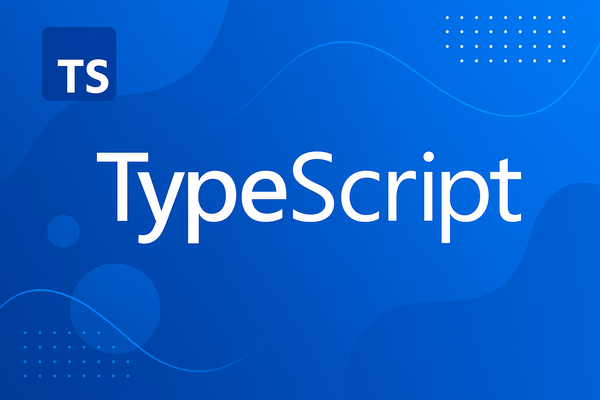Why TypeScript Is a Game‑Changer for Modern JavaScript Development
TypeScript brings type safety, scalability, and powerful tooling to JavaScript. Learn how it improves code quality and makes modern app development easier.

TypeScript has rapidly become the go‑to language for teams and solo developers who want the flexibility of JavaScript with the safety and maintainability of a strongly typed system. By adding optional static types, TypeScript catches countless errors at compile time, improves IDE autocompletion, and makes large codebases far easier to navigate and refactor. Whether you’re starting a new project or migrating an existing JavaScript codebase, TypeScript empowers you to write clearer, more reliable code—without sacrificing the dynamic nature that makes JavaScript so popular.
1. Enhanced Developer Experience
With TypeScript, you gain instant feedback as you code. The compiler flags mismatched types, missing properties, and incorrect function signatures long before your code ever runs in the browser or on Node.js. This leads to:
- Fewer runtime bugs: Type mismatches and undefined properties get caught during development.
- Smarter IDE support: Autocomplete, jump‑to‑definition, and inline documentation become far more reliable.
- Cleaner refactors: Renaming a method or changing a type cascades safely across your entire project.
interface User {
id: number;
name: string;
email: string;
}
function getUser(id: number): Promise<User> {
// Implementation goes here...
}
2. Scalable Codebases with Powerful Constructs
As applications grow, so do their data structures and interactions. TypeScript’s advanced type features—generics, mapped types, and conditional types—allow you to model complex relationships succinctly and reuse code without duplication.
// A reusable merge utility with generics
function merge<T, U>(a: T, b: U): T & U {
return Object.assign({}, a, b);
}
const combined = merge({ name: "Alice" }, { age: 30 });
// combined has both name: string and age: number
3. Deep Type System for Robustness
Beyond basic interfaces, TypeScript supports conditional and mapped types, giving you the ability to transform and derive new types at compile time. This prevents entire classes of logic errors and simplifies refactoring.
// Extract the array element type or return the original type
type Unpacked<T> = T extends (infer U)[] ? U : T;
type A = Unpacked<string[]>; // string
type B = Unpacked<number>; // number
4. Seamless Framework Integration
TypeScript works hand‑in‑hand with modern frameworks—React, Angular, Vue, and Node.js. You get type‑safe component props, service injections, and middleware without extra boilerplate.
// React component with typed props
type CounterProps = { title: string; initialCount?: number };
const Counter: React.FC<CounterProps> = ({ title, initialCount = 0 }) => {
const [count, setCount] = React.useState<number>(initialCount);
return (
<div>
<h2>{title}</h2>
<button onClick={() => setCount(c => c + 1)}>
Count: {count}
</button>
</div>
);
};
5. Smooth Migration & JavaScript Interop
Migrating an existing JavaScript codebase is painless. TypeScript’s allowJs and checkJs options let you incrementally add types, while JSDoc annotations preserve compatibility with plain .js files.
// math.js
/**
* @param {number} x
* @param {number} y
* @returns {number}
*/
function add(x, y) {
return x + y;
}
// Rename to .ts or keep as .js and let TS check it
Conclusion
TypeScript isn’t just a fad—it’s a productivity multiplier for any JavaScript developer serious about building reliable, maintainable software. By catching errors early, improving editor tooling, and providing a rich type system, TypeScript transforms your development workflow. Whether you’re crafting a small library or architecting an enterprise‑scale application, adopting TypeScript gives you confidence that your code will stand the test of time. Embrace the step‑by‑step journey from novice to expert and unlock the full potential of your JavaScript projects with TypeScript.




